Horsetail benefits and restores teeth, bones, connective tissues, hair, and nails. Here’s how to find and use handy Equisetum hyemale.
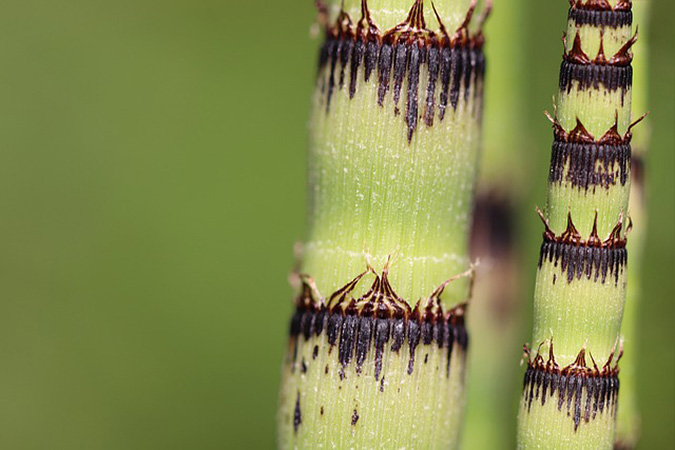
Image by Annette Meyer from Pixabay
Equisetum Hyemale: Tooth Health Hero + 8 More Horsetail Benefits!
Horsetail (Equisetum hyemale) contains a special form of absorbable silica that strengthens and restores teeth, bones, connective tissues, hair, and nails. The Equisetum genus is said to have originated over 350 million years ago. Its closest relatives are ferns and other non-flowering spore producers.
The fossil record shows that these plants could grow up to 50 ft. high at one time. Though no longer towering, Equisetum still thrives across much of the world.
Did you know? We offer 100% pure, powdered Equisetum hyemale—hand-wildcrafted in pristine wilderness areas—in the TGN store. Click here to get yours!
The word Equisetum is a combination of the Latin equus, meaning “horse,” and seta, meaning “bristle.” This refers to the overall appearance of plants in this genus and their rough, bristly texture. The word hyemale refers to winter. It is a reference to this species’ tendency to remain evergreen in warmer regions.
Horsetail is very high in silica, which is necessary for its growth and for the completion of its life cycle. The silica is responsible for its texture and makes the plant useful as a sanding or scouring tool. Horsetail benefits include its service as a cleaning scrub for pots and pans and as a polishing scrub for metals.
Various cultures throughout history have also used it as a fine-grit sandpaper for wood.
You May Also Enjoy:
“Growing Horsetail (Equisetum Hyemale) at Home”
“Overhaul Your Medicine Cabinet With Herbal Remedies”
“Homesteading Basics: Is the Fruit You Eat Bad for Your Teeth?”
Historically, the plant has been bleached first by repeated wetting and drying in the sun. However, many campers make use of the fresh plant as well.
Equisetum Hyemale (Horsetail) at a Glance
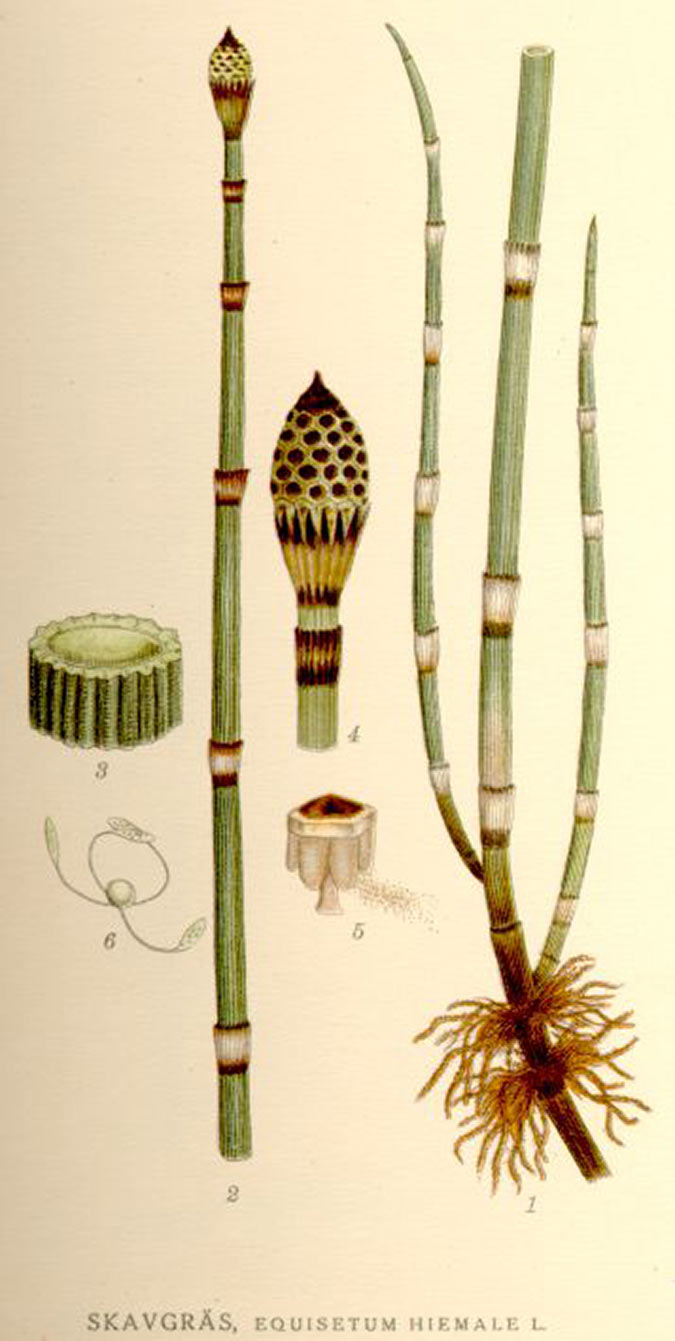
Carl Axel Magnus Lindman, Public domain, via Wikimedia Commons
Botanical Name: Equisetum hyemale
Family: Equisetaceae
Other Common Names: Dutch rush, scouring rush, winter scouring rush, rough horsetail, snake grass, barred horsetail, Kamchatka horsetail
Parts Used: Aerial parts
Energetics: Dry
Thermal Properties: Neutral
Actions: Antimicrobial, diuretic, nutritive, styptic, tonic (integumentary), vulnerary
Taste: Sweet, bitter
Plant Uses: Horsetail is used for the strengthening and repairing of bones, teeth, skin, hair, nails, and connective tissues. It has wound-healing and antimicrobial properties, making it useful as a wound powder. Horsetail also has uses as a kidney and bladder herb and may help to lower high cholesterol.
Plant Preparations: Horsetail is most often used in its powdered form, but it is also sometimes chewed fresh. Teas and tinctures of horsetail are not recommended but do have some anecdotal evidence of aid. Equines benefit from having horsetail as an optional plant for grazing.
Toxicities/Warnings: High silica content can cause digestive issues. Contains the enzyme thiaminase. Excessive consumption over an extended period can cause vitamin B complex deficiency. Can accumulate environmental toxins. Harvest only from clean areas.
Horsetail Benefits and Uses
Heal Teeth and Gums
Horsetail is the best plant for tooth health.1)Alternatives to Dentists. Doug Simons. Rooster Crows Productions, 2011. It strengthens and repairs teeth, fixing them firmly in their sockets. Most surprisingly, it has the ability to stimulate the formation of new tooth enamel, a feat typically thought of as impossible.2)Alternatives to Dentists. Doug Simons. Rooster Crows Productions, 2011.
Looking for more information on how horsetail benefits dental health? Be sure to check out our TGN e-book Alternatives to Dentists, in which holistic healer Doug Simons and Marjory Wildcraft explore 100% natural dental care methods that you can use to regrow tooth enamel, prevent and reverse cavities, and even treat abscesses. Find it here!
Strengthen Bones and Tendons

Image by Daniel Reche from Pixabay
Maintain balance or correct imbalances or weaknesses in your supportive and connective tissues.3)Alternatives to Dentists. Doug Simons. Rooster Crows Productions, 2011.4)Jurkić, Lela Munjas, Ivica Cepanec, Sandra Kraljević Pavelić, and Krešimir Pavelić. “Biological and Therapeutic Effects of Ortho-silicic Acid and Some Ortho-silicic Acid-releasing Compounds: New Perspectives for Therapy.” Nutrition & Metabolism 10, no. 1 (2013): 2. doi:10.1186/1743-7075-10-2.5)Martin, Kieth R. “The Chemistry of Silica and Its Potential Health Benefits.” The Journal of Nutrition, Health and Aging 11, no. 2 (March 2007): 94-97.
Protect and Cleanse the Kidneys
While not as dramatic and showy as its other properties, horsetail uses its diuretic properties to help flush toxins and particulate matter from the kidneys and bladder.6)Alternatives to Dentists. Doug Simons. Rooster Crows Productions, 2011.
Fortify Hair and Nails

Image by Jess Foami from Pixabay
Horsetail’s absorbable silica helps to grow strong, healthy hair and nails. This is why it’s often used as a beauty aid.7)Alternatives to Dentists. Doug Simons. Rooster Crows Productions, 2011.8)Jurkić, Lela Munjas, Ivica Cepanec, Sandra Kraljević Pavelić, and Krešimir Pavelić. “Biological and Therapeutic Effects of Ortho-silicic Acid and Some Ortho-silicic Acid-releasing Compounds: New Perspectives for Therapy.” Nutrition & Metabolism 10, no. 1 (2013): 2. doi:10.1186/1743-7075-10-2.9)Martin, Kieth R. “The Chemistry of Silica and Its Potential Health Benefits.” The Journal of Nutrition, Health and Aging 11, no. 2 (March 2007): 94-97. It both strengthens weak hair and nails and helps to maintain and restore elasticity in skin.10)Araújo, Lidiane Advincula De, Flavia Addor, and Patrícia Maria Berardo Gonçalves Maia Campos. “Use of Silicon for Skin and Hair Care: An Approach of Chemical Forms Available and Efficacy.” Anais Brasileiros De Dermatologia 91, no. 3 (2016): 331-35. doi:10.1590/abd1806-4841.20163986.11)Jurkić, Lela Munjas, Ivica Cepanec, Sandra Kraljević Pavelić, and Krešimir Pavelić. “Biological and Therapeutic Effects of Ortho-silicic Acid and Some Ortho-silicic Acid-releasing Compounds: New Perspectives for Therapy.” Nutrition & Metabolism 10, no. 1 (2013): 2. doi:10.1186/1743-7075-10-2.12)Martin, Kieth R. “The Chemistry of Silica and Its Potential Health Benefits.” The Journal of Nutrition, Health and Aging 11, no. 2 (March 2007): 94-97.
Nourish the Skin
As mentioned, horsetail benefits extend to the skin. Its silica content works to stimulate collagen production to reduce signs of aging and maintain youthful skin.13)Araújo, Lidiane Advincula De, Flavia Addor, and Patrícia Maria Berardo Gonçalves Maia Campos. “Use of Silicon for Skin and Hair Care: An Approach of Chemical Forms Available and Efficacy.” Anais Brasileiros De Dermatologia 91, no. 3 (2016): 331-35. doi:10.1590/abd1806-4841.20163986.14)Jurkić, Lela Munjas, Ivica Cepanec, Sandra Kraljević Pavelić, and Krešimir Pavelić. “Biological and Therapeutic Effects of Ortho-silicic Acid and Some Ortho-silicic Acid-releasing Compounds: New Perspectives for Therapy.” Nutrition & Metabolism 10, no. 1 (2013): 2. doi:10.1186/1743-7075-10-2.15)Martin, Kieth R. “The Chemistry of Silica and Its Potential Health Benefits.” The Journal of Nutrition, Health and Aging 11, no. 2 (March 2007): 94-97.
Build Cartilage Health

Image by SaraJobling from Pixabay
Horsetail helps to strengthen cartilage and support correct joint function.16)Jurkić, Lela Munjas, Ivica Cepanec, Sandra Kraljević Pavelić, and Krešimir Pavelić. “Biological and Therapeutic Effects of Ortho-silicic Acid and Some Ortho-silicic Acid-releasing Compounds: New Perspectives for Therapy.” Nutrition & Metabolism 10, no. 1 (2013): 2. doi:10.1186/1743-7075-10-2.17)Martin, Kieth R. “The Chemistry of Silica and Its Potential Health Benefits.” The Journal of Nutrition, Health and Aging 11, no. 2 (March 2007): 94-97.
Stimulate Wound Healing
Horsetail uses include its role as a medicinal powder to stop bleeding, prevent infection, and stimulate healing.18)Alternatives to Dentists. Doug Simons. Rooster Crows Productions, 2011. Its antimicrobial and therapeutic properties have made it an esteemed topical treatment for wounds.
Manage Cholesterol
Lab tests with rats indicate that horsetail has cholesterol-lowering properties.19)F, Xu C., Bian X. Y, Qu S. M, You L. H, Qi Z. M, Cheng W, Liu W. Z, and Ren S. J. “[Effect of Equisetum Hyemale on Experimental Hyperlipemia in Rats and Its Toxic Test].” Zhongguo Zhong Yao Za Zhi 18, no. 1 (January 1993): 52-53.
Fight Cancer
Horsetail has shown anticancer properties in laboratory tests with rats and may exhibit similar properties in humans.20)Li, Hongxia, Pan Wang, Quanhong Liu, Xiaoxia Cheng, Yuetao Zhou, and Yaping Xiao. “Cell Cycle Arrest and Cell Apoptosis Induced by Equisetum Hyemale Extract in Murine Leukemia L1210 Cells.” Journal of Ethnopharmacology 144, no. 2 (2012): 322-27. doi:10.1016/j.jep.2012.09.015.
Horsetail Benefits: Medicinal Properties
Horsetail’s trait of strengthening carries over to many supportive and connective tissues of the body, including the bones, tendons, and skin.21)Alternatives to Dentists. Doug Simons. Rooster Crows Productions, 2011. 22)Jurkić, Lela Munjas, Ivica Cepanec, Sandra Kraljević Pavelić, and Krešimir Pavelić. “Biological and Therapeutic Effects of Ortho-silicic Acid and Some Ortho-silicic Acid-releasing Compounds: New Perspectives for Therapy.” Nutrition & Metabolism 10, no. 1 (2013): 2. doi:10.1186/1743-7075-10-2.23)Martin, Kieth R. “The Chemistry of Silica and Its Potential Health Benefits.” The Journal of Nutrition, Health and Aging 11, no. 2 (March 2007): 94-97. Horsetail seems to desire to increase the strength and structural integrity of these tissues, as though it were trying to armor us up for the rigors of life. These horsetail benefits derive mainly from its high levels of silica.
Silica: Say Hi to This Important Ally
Silica is a highly abundant element in nature that is most often found in poorly absorbed forms, such as quartz. Just as beach sand isn’t absorbed into the oceans, most forms of silica will not be absorbed into our bodies. Horsetail offers a special form of silica that is easily absorbed by humans.
This makes it much more useful and means that lower doses are needed than would be necessary through other means. Silica is not considered by the FDA to be a nutrient, and no Recommended Dietary Intake (RDI) is available. Even if it were, the exact amount would be difficult to set due to differences in the absorbability of various forms.
You May Also Enjoy:
“10 Natural Ways to Care for Your Teeth and Gums”
We Know It Helps, But How?
The exact way in which silica helps to strengthen bones, teeth, and other tissues is the subject of some contention.
While some claim that the silica bonds to the tissues, enhancing their strength directly, others claim that silica only forms a temporary bond. In this assertion, while the silica is attached to the tissue in question, it forms a scaffold upon which the body builds up the calcium and other elements that make up these tissues. Then, after the tissues have been created, the silica is released to be eliminated from the body.
Other theories suggest that the mere presence of silica may be enough to stimulate growth/repair processes in the body or that the presence of silica in the digestive tract may assist in the absorption of calcium and other minerals.
Get your 100% pure, powdered Equisetum hyemale—hand-wildcrafted in pristine wilderness areas—in our TGN store. Click here to get yours!
Any or all of these theories may carry some degree of truth. Whatever the exact path to horsetail benefits, it has a real affinity for strengthening the rigid and connective tissues of the body—and it can be found within these tissues.
Horsetail Benefits: Nutritional Properties
Horsetail has a very high silica content—25% of its dry weight. While silica is not considered a nutrient, it plays a role in the body by giving strength to bones and similar tissues.24)Pedersen, Mark. Nutritional Herbology: A Reference Guide to Herbs. Warsaw, IN: Whitman Publications, 2010.
Most forms of silica are not well absorbed by the body, meaning that even if you were to consume a large amount, very little of it would be of use to you. One of the benefits of horsetail is that its form of silica is absorbable, meaning that you can gain its benefits without consuming an unreasonable amount.
You May Also Enjoy:
Equisetum hyemale is a good source of calcium, iron, magnesium, manganese, and potassium as well.25)”Equisetum Hyemale.” Natural Medicine Facts. Accessed March 28, 2019. https://www.naturalmedicinefacts.info/plant/equisetum-hyemale.html. Based on closely related horsetail species with similar nutrient profiles, it is also likely to be high in vitamin A.26)Pedersen, Mark. Nutritional Herbology: A Reference Guide to Herbs. Warsaw, IN: Whitman Publications, 2010.
Preparation and Typical Dosage
Fresh Stems
Chewing the fresh stems is probably the most direct way to access horsetail benefits. Chew up a section of the stem until you have extracted all of its juices, then spit out the pulp. You could also chew it until you feel that you are able to swallow the pulp.
However, this will depend on the age of the stem and how much roughage your system can handle. Younger stems are more tender and contain a higher percentage of the plant’s most absorbable form of silica.
While this method is beneficial to the teeth in one way, it can be harmful in another way. Due to the abrasive nature of horsetail, excessive chewing of its stems may cause tooth wear. This is especially true if your teeth are already weak.
Periodic chewing of fresh horsetail should be fine for most people, but use discretion.
Powder—Internal
Stir a heaping teaspoon of powdered horsetail into water and drink it all. Start with a bit less the first few times you take it so your body can adjust to the sudden increase in dietary silica. Children can consume half of this amount.
Horsetail can be taken in this way for 5–10 days each month to maintain health. However, a person with weaker teeth and bones can take larger doses for a longer period of time.
The body enjoys taking horsetail in spurts. Taking it for 5–10 days, followed by a few days off, will be more effective than a continual daily dose.
Powder—External
Horsetail uses include its role as a wound powder. Gently press the powder onto a fresh wound to stop bleeding.
You may also mix the powder with water to create a thick paste, and apply this to wounds as a poultice. This will encourage healing and prevent infection.27)Alternatives to Dentists. Doug Simons. Rooster Crows Productions, 2011.
Other Preparations
We do not advise teas and tinctures due to their relative inefficiency in providing the body with absorbable silica. Nevertheless, some have reported success with these methods, and they can be tried at your discretion.
Animal Health

Image by Paul Henri Degrande from Pixabay
Some animals, particularly equines, enjoy an occasional snack of Equisetum. While there is some discussion about it being potentially toxic to horses in large quantities, the danger from free grazing appears to be very minimal.
Horses and their relatives will usually seek out the plant when it is needed for maintaining or restoring tooth health. Planting a patch or container with horsetail can allow them to better regulate their own health.
Plant Food
Give an infusion or decoction of horsetail to your other plants as a high-mineral fertilizer. Horsetail’s high silica content as well as the presence of a small amount of nicotine helps to discourage fungi and predatory insects, making it a beneficial foliar spray as well.
Precautions and Contraindications
Safety concerns with this plant are mainly centered around preparation. Chewing the raw plant can, ironically, wear down the teeth due to its high silica content. However, this is only a concern with excessive consumption over a lengthy period.
The fresh plant also contains a chemical called thiaminase. This chemical can rob the body of thiamine, one of the B vitamins. However, this is typically only a problem with excessive consumption over a long period as well and can usually be offset by a healthy diet containing plenty of B vitamins. Thiaminase is also deactivated by heating or drying.
You May Also Enjoy:
“The Hidden Dangers of Commercial Dental Care”
When preparing the dried plant as a powder, take care to avoid breathing in its dust. Airborne silica can damage the respiratory system. High silica content can also cause distress to the digestive system.
Increase your use of the plant gradually to give your body a chance to adjust and to find your own limits.
Horsetail is an accumulator of environmental toxins. Be sure to harvest plants from only unpolluted locations.
Plant ID
Horsetail is a spore-producing perennial that is related to ferns. But unlike the feathery-leaved ferns, horsetail is more rush-like, consisting of multiple upright stems with no obvious leaves.
Technically, horsetail does have leaves, though they are tiny and wrapped around the stem as a kind of toothy sheath on each of the stem’s nodes. These sheaths are bordered by thin black lines above and below.
Photosynthesis is carried out mainly by the stems, which are usually non-branching. The stalks are evergreen in warmer regions and are deciduous in colder areas. At certain stages of growth, some of the stems will be topped by a pinecone-like structure that produces the plant’s spores.
It is easy to mistake the various species of horsetail for one another. Take care to select the correct species since not all horsetails are equally edible or medicinal. In fact, some can have toxic properties when taken over prolonged periods.28)Alternatives to Dentists. Doug Simons. Rooster Crows Productions, 2011.
The main features differentiating this species from the others are the un-branching stems and patterned sheaths at each stem node.
Where to Find Equisetum Hyemale
You’ll find horsetail throughout much of the Northern Hemisphere, and it has also found its way into South Africa and Australia. It is often invasive, growing in wet and waterlogged ground and spreading via underground rhizomes. It tends to grow in large colonies and can tolerate poor, acidic soils and low-oxygen environments.
Look for horsetail near streams and ponds; in ditches, swamps, and moist woodlands; and in other wet areas. It can grow in up to 4 in. of standing water. In lower latitudes, horsetail prefers partial shade. In higher latitudes, look for horsetail in full sun.
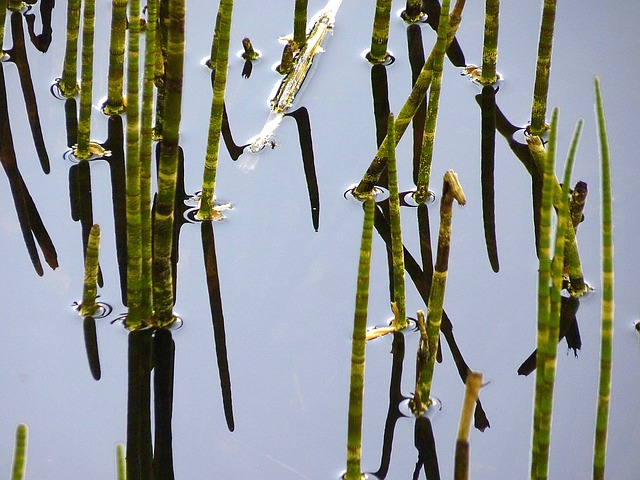
Image by Yves Bernardi from Pixabay
Many people will find horsetail creeping into their yards and even gardens. It’s also used as a decorative plant in bog gardens and can be grown in containers. The plants are much easier to propagate from root cuttings than from spores.
Take care, however, when deciding where to plant them as they can be difficult to remove once established.
This plant can often be purchased at plant nurseries under the names barred horsetail (Equisetum japonicum) or Kamchatka (Equisetum camtschatcense). Despite the different names, these are both varieties of the same E. hyemale species. However, be careful to verify that the plant really is the right species. “Flexible” labeling seems to be fairly common with horsetail.
How and When to Harvest
The aggressive spreading nature of Equisetum hyemale makes it a bane to homeowners but a boon to wildcrafters. Breaking the plant’s stems stimulates the roots to begin production of multiple new stems. Similarly, tilling around horsetail will only create a multitude of the plants as each root fragment will create its own new plant.
You May Also Enjoy:
“Homesteading Basics: Keep Those Special Plants Close”
“7+ Ways to Prevent Gum Disease and Heal Your Gums”
“Homemade Natural Fertilizer: 15 Simple and Inexpensive Options”
While horsetail can tolerate a fair amount of harvesting and still keep coming back, continual harvesting will eventually weaken and even kill the plant. Doug Simons recommends harvesting only 1/8 of an established plant as a sustainable amount. Stems can be harvested at any time that they are green, which for many locations will be year-round. However, the new spring growth is the most tender and has the highest amount of absorbable silica.
What Do You Think?
Intrigued by horsetail uses you never knew existed? Let us know in the comments below! And if you’re tuned in to additional horsetail benefits, be sure to fill us in as well. It’s time to start using horsetail and learning what this wonderful plant can do for you and your family.
Learn more about effective, nontoxic dental care techniques here!
__________________
This is an updated version of an article that was originally published on April 22, 2019. The author may not currently be available to respond to comments; however, we encourage our Community members to chime in to share their experiences and answer questions!
Psst! Our Lawyer Wants You to Read This Big, Bad Medical Disclaimer –> The contents of this article, made available via The Grow Network (TGN), are for informational purposes only and do not constitute medical advice; the content is not intended to be a substitute for professional medical advice, diagnosis, or treatment. Always seek the advice of a qualified health care provider with any questions you may have regarding a medical condition. If you think you may be suffering from any medical condition, you should seek immediate medical attention. You should never delay seeking medical advice, disregard medical advice, or discontinue medical treatment because of information provided by TGN. Reliance on any information provided by this article is solely at your own risk. And, of course, never eat a wild plant without first checking with a local expert.
The Grow Network is a participant in the Amazon Services LLC Associates Program, an affiliate program designed to provide a means for our team to earn fees for recommending our favorite products! We may earn a small commission, at no additional cost to you, should you purchase an item after clicking one of our links. Thanks for supporting TGN!

The Grow Network is a global network of people who produce their own food and medicine. We’re the coolest bunch of backyard researchers on Earth! We’re constantly sharing, discovering, and working together to test new paths for sustainable living—while reconnecting with the “old ways” that are slipping away in our modern world. We value soil, water, sunlight, simplicity, sustainability, usefulness, and freedom. We strive to produce, prepare, and preserve our own food and medicine, and we hope you do, too!
References
| ↑1, ↑2, ↑3, ↑6, ↑7, ↑18, ↑21, ↑27, ↑28 | Alternatives to Dentists. Doug Simons. Rooster Crows Productions, 2011. |
|---|---|
| ↑4, ↑8, ↑11, ↑14, ↑16, ↑22 | Jurkić, Lela Munjas, Ivica Cepanec, Sandra Kraljević Pavelić, and Krešimir Pavelić. “Biological and Therapeutic Effects of Ortho-silicic Acid and Some Ortho-silicic Acid-releasing Compounds: New Perspectives for Therapy.” Nutrition & Metabolism 10, no. 1 (2013): 2. doi:10.1186/1743-7075-10-2. |
| ↑5, ↑9, ↑12, ↑15, ↑17, ↑23 | Martin, Kieth R. “The Chemistry of Silica and Its Potential Health Benefits.” The Journal of Nutrition, Health and Aging 11, no. 2 (March 2007): 94-97. |
| ↑10, ↑13 | Araújo, Lidiane Advincula De, Flavia Addor, and Patrícia Maria Berardo Gonçalves Maia Campos. “Use of Silicon for Skin and Hair Care: An Approach of Chemical Forms Available and Efficacy.” Anais Brasileiros De Dermatologia 91, no. 3 (2016): 331-35. doi:10.1590/abd1806-4841.20163986. |
| ↑19 | F, Xu C., Bian X. Y, Qu S. M, You L. H, Qi Z. M, Cheng W, Liu W. Z, and Ren S. J. “[Effect of Equisetum Hyemale on Experimental Hyperlipemia in Rats and Its Toxic Test].” Zhongguo Zhong Yao Za Zhi 18, no. 1 (January 1993): 52-53. |
| ↑20 | Li, Hongxia, Pan Wang, Quanhong Liu, Xiaoxia Cheng, Yuetao Zhou, and Yaping Xiao. “Cell Cycle Arrest and Cell Apoptosis Induced by Equisetum Hyemale Extract in Murine Leukemia L1210 Cells.” Journal of Ethnopharmacology 144, no. 2 (2012): 322-27. doi:10.1016/j.jep.2012.09.015. |
| ↑24, ↑26 | Pedersen, Mark. Nutritional Herbology: A Reference Guide to Herbs. Warsaw, IN: Whitman Publications, 2010. |
| ↑25 | ”Equisetum Hyemale.” Natural Medicine Facts. Accessed March 28, 2019. https://www.naturalmedicinefacts.info/plant/equisetum-hyemale.html. |
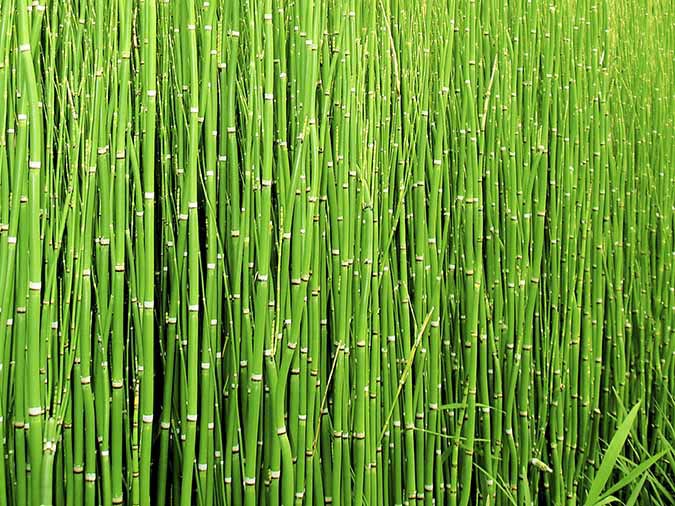
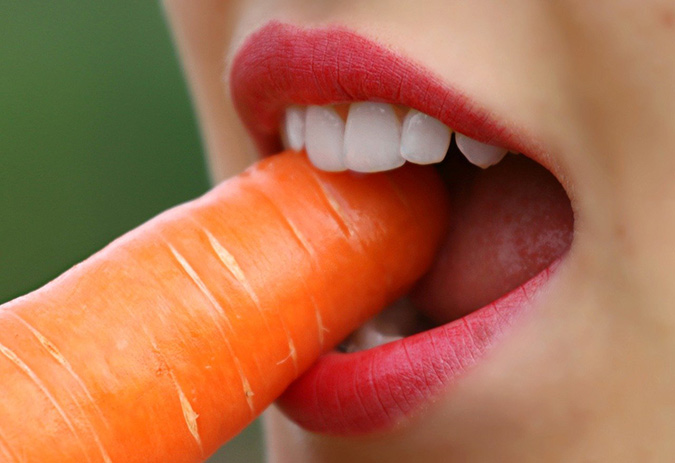


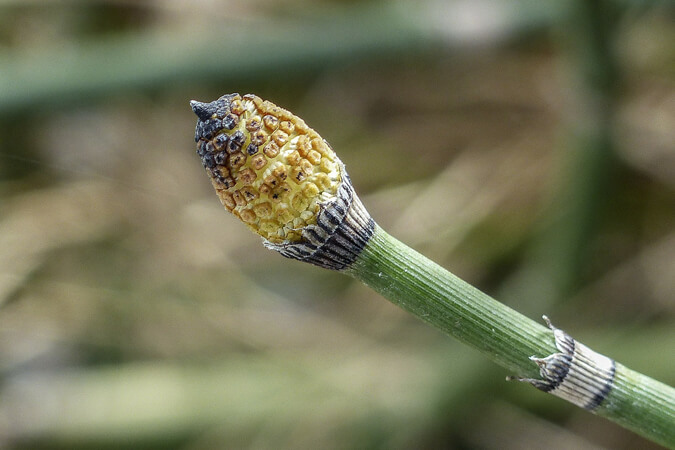
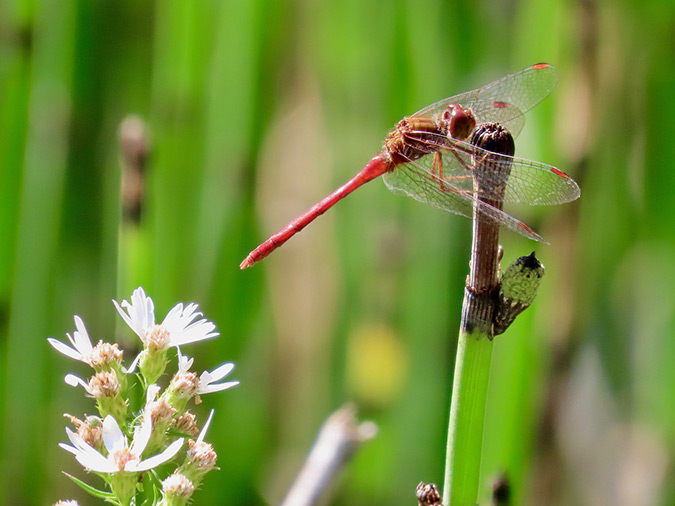
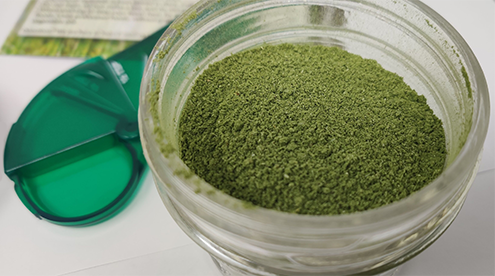
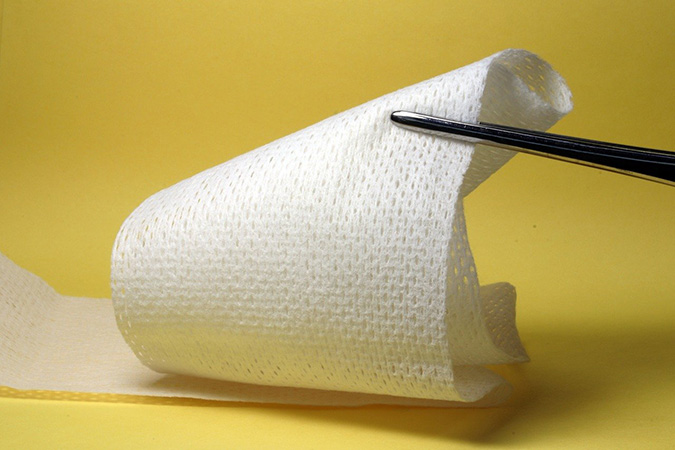
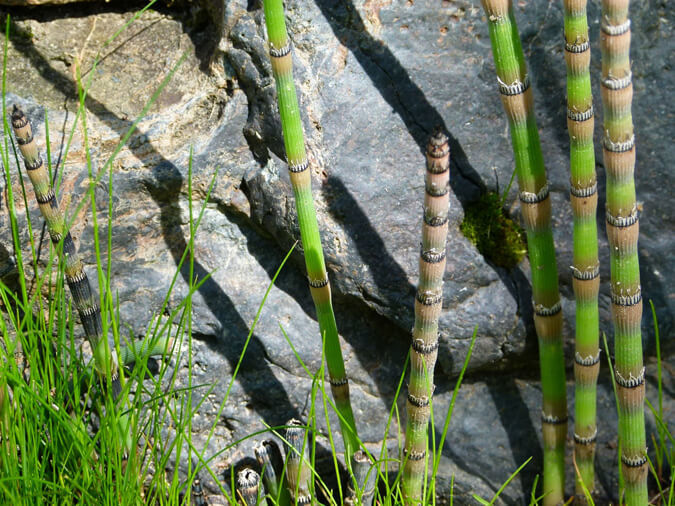








COMMENTS(4)
Hi there! Thank you for so much useful information, including this article. I have a question! Is it recommended to use another variety of Horsetail called Equisetum Arvense for dental care? I’ve done some research on the difference between the Hyemale and the Arvense, and it seems the former usually contains more silica. Is this the reason the Hyemale version is recommended? Are there other reasons? I’d love to understand the difference from a dental health perspective. In my current location Equisetum Arvense is much easier to find locally, so I’m wondering if it’s also great to use that one to strengthen teeth and bones. Thanks so much!
Hi Ryfkatalylm. I didn’t see your comment until just now! I hope you’ll come back and check this.
I’m not 100% sure why (from a plant chemistry perspective) that E. hyemale seems to be more effective. It could be a complementary phytochemical in E. hyemale, or the lack or some antagonistic agent that E. arvense possesses. Plants produce so many complex compounds, it’s impossible to say.
I don’t know if E. hyemale has a higher total level of silica, but I do think that it has a higher level of bio-available silica. For example, sand on the beach is basically silica, but you can’t absorb it, so it doesn’t do us any good to eat it. But a proportionally significant amount of E. hyemale’s silica is in a form that we can absorb and use.
E. arvense isn’t a bad or ineffective plant. If that’s all you have available, use it. But in my experience, E. hyemale has a stronger effect and is probably better tolerated overall.
Is there an online reference to determine whether or not I have the best one for the job? I ordered it online and I’m just not sure about it.
Hi there, I recently bought this plant, 5 stems. How often should I water them? One of them started getting moldy closed to the soil. Also, what’s the best way to make into powder form? Do I have to have a freeze dryer?